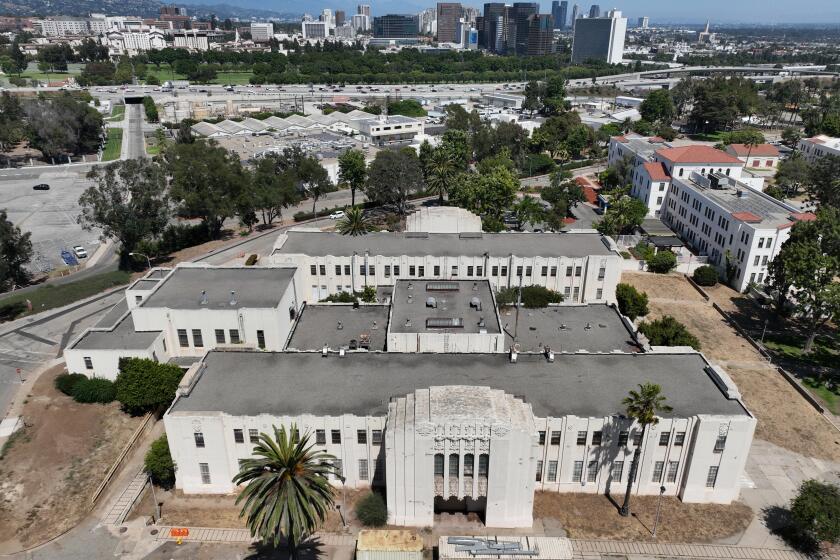Trash Plant Is ‘Tip of the Iceberg’
Your informative articles on the garbage burner proposed for the city of Irwindale prompted me to go to a meeting about the project last week, and I found a much more horrendous plan is afoot. The Irwindale plant is only the tip of the iceberg.
Nine such plants are proposed for installation in a winding path from Palos Verdes to Irwindale. One pilot plant is under construction in the City of Commerce. These many installations are in the same path as the prevailing winds, from southwest to northwest, which already blow the smog of the whole basin into the cities at the base of the mountains.
Emissions from such plants, according to a study by the Center for the Biology of Natural Systems, contain fly ash carrying 85% of the dioxins and furans the incinerators produce. These are both carcinogens. Sweden, which has been using plants of this type, has declared a moratorium on adding any plants until better technology to control these dangerous emissions can be found.
The Irwindale plant alone will emit 2,275 tons of pollutants per year into the smoggiest air in the county. It will take from our ground water more than 1 billion gallons of water per year, which will be discharged into the sewer system and lost. In future dry years, we could find our water tables very low and the ground water used up.
Air pollution borne by the wind eventually falls to the ground, and the earth our children play on and our food is grown in becomes polluted, rain carries it to our ground water, and our water becomes unsafe. In addition to this, there will be rats and smell, and at the Irwindale plant alone 675 trucks per day to fetch trash and carry away ash, adding another 42,340 pounds of pollutants to the air each year.
And if that isn’t frightening enough, the ash from these trash-burning plants is hazardous waste, which will probably go to a landfill for a short while, if one can be found to accept it.
Much is made by the proponents of the Irwindale plant that this awful business must be conducted in the midst of residential areas because trucking it to outlying desert locations would be too expensive. They apparently do not know that trains have carried trash out of Los Angeles to disposal sites before, and could do it again. Hauling by whole trainloads would be less costly and safer than trucking it, and the disposal plants could be built where homes were not close by and where no mountains kept the poisons from dispersing.
If we must have “pilot plants” such as the one being built in Commerce, to study the effects of pollution, why can they not be built and studied away from concentrations of people?
Or are a few of us expected to die for the sake of the study?
Edith Adams
EL MONTE
More to Read
Sign up for Essential California
The most important California stories and recommendations in your inbox every morning.
You may occasionally receive promotional content from the Los Angeles Times.










